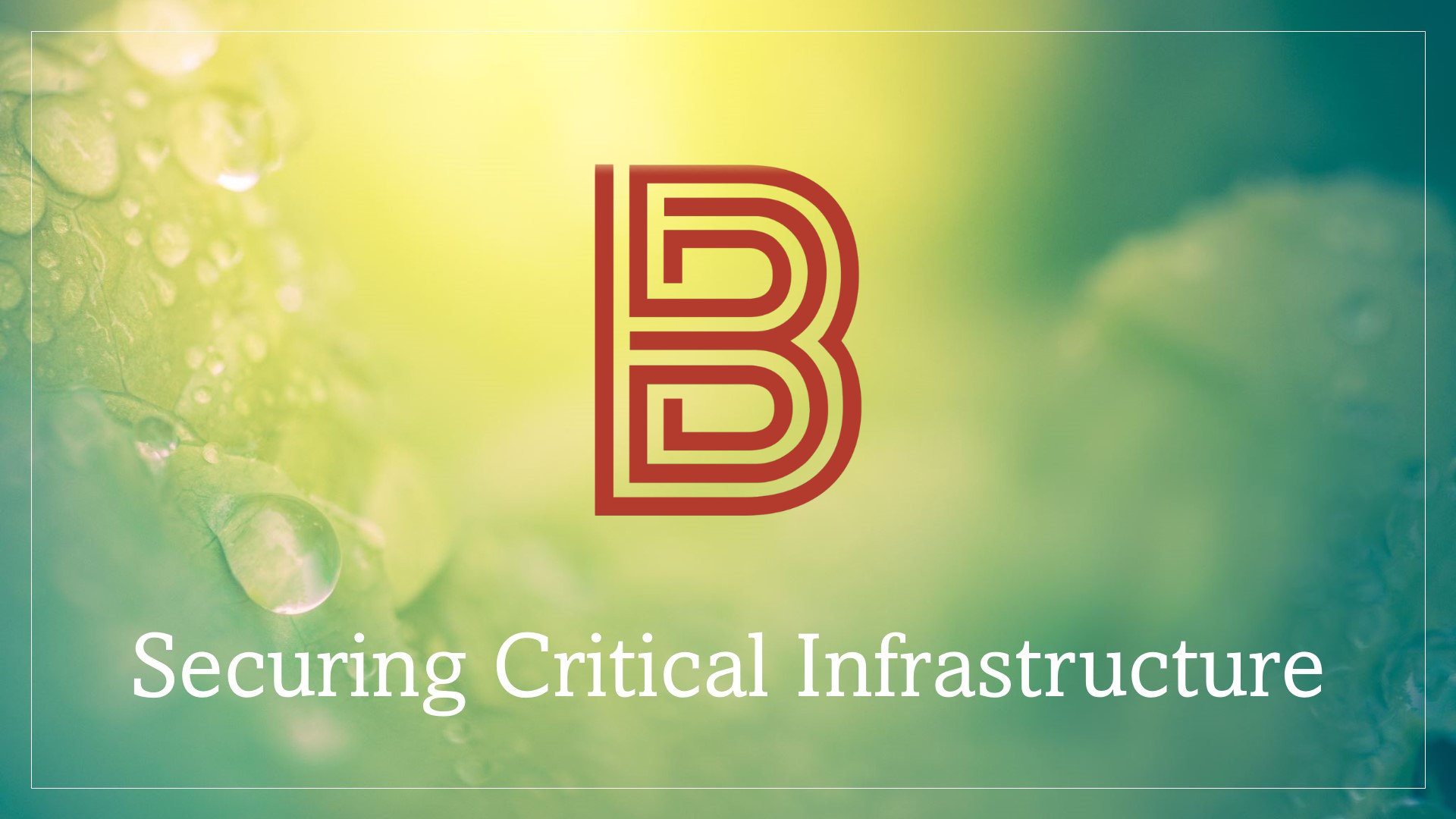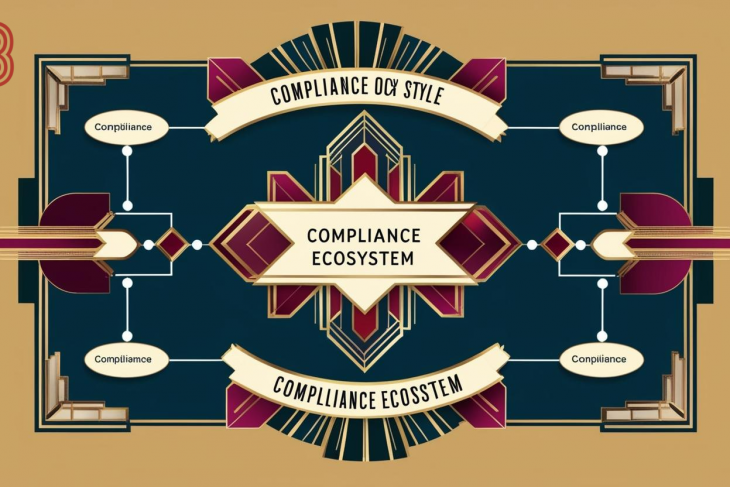
Introduction
Critical infrastructure forms the backbone of any nation’s economy, security, and well-being. It consists of systems and assets essential for the functioning of society, including energy grids, water systems, transportation networks, healthcare facilities, and financial institutions. In an increasingly interconnected and digitized world, the protection of critical infrastructure has become more important than ever.
Security and resilience are two critical elements in ensuring that these vital systems continue to operate effectively, even in the face of threats or disruptions. Risk management is the process that allows organizations to identify, assess, and mitigate potential threats to critical infrastructure while ensuring continuity of operations in times of crisis. This article explores the importance of critical infrastructure security and resilience in risk management, the challenges involved, and the strategies and approaches needed to protect and strengthen these essential systems.
Understanding Critical Infrastructure
The term “critical infrastructure” refers to systems, assets, and networks that are vital for the functioning of a society and economy. These can range from utilities like electricity and water, to communication networks, transportation systems, and healthcare facilities. The loss or disruption of any of these services can have widespread consequences for national security, public health, and economic stability.
Critical infrastructure typically includes the following sectors:
Energy: Electricity generation, transmission, and distribution; oil and gas pipelines; and renewable energy systems.
Water: Drinking water supply, wastewater treatment plants, and irrigation systems.
Transportation: Roads, bridges, railways, airports, seaports, and public transportation systems.
Healthcare: Hospitals, clinics, and emergency services.
Finance: Banking systems, stock exchanges, and financial transaction networks.
Information and Communications Technology (ICT): Internet networks, telecommunications, and data centers.
Food and Agriculture: Supply chains for food production, distribution, and agriculture systems.
The Growing Importance of Security and Resilience
As society becomes more reliant on these critical infrastructure sectors, they also become more vulnerable to various types of threats. These can include natural disasters, cyberattacks, terrorist activities, pandemics, and accidents. As a result, ensuring the security and resilience of critical infrastructure is vital to national and global stability.
1. Security:
Security refers to the measures taken to prevent or mitigate threats that could potentially harm or disrupt critical infrastructure. This involves both physical and cybersecurity efforts to protect systems from intentional harm such as terrorism, cyberattacks, or vandalism.
Cybersecurity has become particularly important due to the increasing reliance on digital technologies to control and monitor infrastructure. Hackers can target vital systems and cause massive disruptions. In 2015, for example, hackers took down parts of Ukraine’s power grid, leaving around 230,000 people without electricity. This demonstrated the vulnerability of critical infrastructure to cyber threats and underlined the need for robust cybersecurity measures.
2. Resilience:
Resilience, on the other hand, focuses on the ability of infrastructure to recover and continue to operate in the face of disruptions. This concept involves designing systems that can withstand shocks, minimize operational downtime, and recover quickly when disrupted. Building resilience is crucial because not all risks can be prevented. Natural disasters like hurricanes, earthquakes, or floods, as well as accidents, may still occur despite security measures being in place.
For instance, the resilience of water supply systems during a drought or flood is vital to maintaining public health. Similarly, power grids need to be able to recover quickly after an outage to minimize the impact on businesses, healthcare, and communication.
Risk Management Frameworks for Critical Infrastructure
Effective risk management is essential to achieving both security and resilience for critical infrastructure. Risk management involves identifying potential threats, assessing their impact, and developing strategies to reduce vulnerabilities and enhance the capacity for recovery.
Several frameworks and standards have been developed over the years to guide organizations in managing risks to critical infrastructure. Some of the most commonly used frameworks include:
1. The National Infrastructure Protection Plan (NIPP)
The NIPP is a U.S. government initiative aimed at identifying and managing risks to critical infrastructure. The plan focuses on risk-based approaches and emphasizes the importance of public-private partnerships in protecting infrastructure. It outlines a strategy to identify vulnerabilities, implement protective measures, and enhance resilience.
2. ISO 22301:2019 – Business Continuity Management Systems
ISO 22301 provides a global standard for business continuity management. It offers guidance on planning for and responding to incidents that could disrupt critical services. This includes establishing a clear framework for risk assessment, business impact analysis, and recovery procedures.
3. The Cybersecurity Framework by NIST
The National Institute of Standards and Technology (NIST) Cybersecurity Framework (CSF) is widely adopted for managing cybersecurity risks in critical infrastructure. It provides a set of guidelines and best practices to help organizations identify, protect, detect, respond, and recover from cyber incidents that might impact infrastructure.
4. The Risk Management Framework (RMF)
The RMF is a process used by many governments and industries to assess and manage risks in complex systems, particularly in the context of cybersecurity. This framework emphasizes the importance of assessing the risks to assets, deciding on security measures, and continuously monitoring and improving risk controls.
Threats to Critical Infrastructure
Understanding the various threats to critical infrastructure is the first step in developing an effective risk management strategy. The threats can be grouped into several categories:
1. Natural Disasters:
Natural disasters, including hurricanes, floods, earthquakes, and wildfires, pose significant risks to critical infrastructure. These events can disrupt services, damage physical assets, and delay recovery efforts. For example, after Hurricane Katrina in 2005, significant portions of New Orleans’ infrastructure, including power, water, and transportation systems, were severely impacted. Resilience planning must take into account how infrastructure can withstand such disasters and recover quickly.
2. Cybersecurity Threats:
Cyberattacks have become one of the most significant threats to critical infrastructure. These attacks can come in the form of hacking, ransomware, denial-of-service attacks, or advanced persistent threats (APT). Cybercriminals may target power grids, communication networks, transportation systems, and even healthcare institutions. Cybersecurity measures, such as firewalls, encryption, multi-factor authentication, and regular system monitoring, are critical in protecting against such threats.
3. Terrorism and Sabotage:
Intentional attacks on critical infrastructure by terrorist groups or individuals can have devastating consequences. Sabotage, bombing, or physical attacks on infrastructure can cause prolonged service disruptions, economic losses, and even casualties. Terrorist attacks on the transportation system, such as the 2004 Madrid train bombings, have demonstrated the potential impact on public safety and national security.
4. Pandemics and Health Crises:
Public health emergencies, such as the COVID-19 pandemic, can significantly affect the resilience of critical infrastructure. The healthcare sector itself is put under immense pressure, while other infrastructure systems, including transportation and supply chains, may become strained or disrupted due to quarantines and lockdown measures. Managing the risks posed by pandemics requires coordinated planning and a strong focus on workforce resilience.
5. Economic and Political Risks:
Critical infrastructure can also be threatened by economic or political instability, particularly in politically sensitive regions. For instance, sanctions, trade disruptions, and geopolitical tensions can lead to interruptions in the supply of materials or energy needed for critical infrastructure. These risks require both international cooperation and domestic planning.
Strategies for Securing Critical Infrastructure
Securing critical infrastructure involves a combination of physical security, cybersecurity, and operational measures. Below are some key strategies for improving the security and resilience of these vital systems:
1. Robust Risk Assessment:
Effective risk management begins with thorough risk assessments that identify the vulnerabilities in infrastructure. Risk assessments should consider both natural and man-made threats, taking into account their likelihood and potential impact. Critical infrastructure operators should continuously evaluate emerging threats and vulnerabilities to stay ahead of potential risks.
2. Designing for Resilience:
Incorporating resilience into the design and operation of infrastructure is essential. This may include building redundancy into critical systems, using modular and flexible components that can adapt to changing conditions, and ensuring that systems can be quickly restored after a disruption. For example, power grids may be designed with backup power sources and alternative transmission routes to minimize the impact of an outage.
3. Cybersecurity Measures:
Given the increasing role of technology in managing critical infrastructure, robust cybersecurity measures are essential. Infrastructure operators should implement strong encryption, firewalls, intrusion detection systems, and regular security audits. Cybersecurity personnel should be well-trained to detect and respond to potential cyber threats in real-time.
4. Public-Private Partnerships:
Critical infrastructure is often owned and operated by both the public and private sectors. As a result, strong collaboration between government agencies, private companies, and other stakeholders is crucial for ensuring the protection and resilience of infrastructure. Public-private partnerships enable the sharing of information, resources, and expertise to address common security challenges.
5. Incident Response and Recovery Planning:
Having a well-defined incident response and recovery plan is essential for minimizing the impact of disruptions. These plans should outline clear roles and responsibilities, communication protocols, and recovery strategies. Regular exercises and simulations can help ensure that all stakeholders are prepared to respond quickly and effectively to a crisis.
6. Continuous Monitoring and Improvement:
The dynamic nature of risks means that infrastructure must be continuously monitored for emerging threats and vulnerabilities. Regular assessments, audits, and system upgrades help ensure that infrastructure remains resilient and secure. Learning from past incidents and near-misses is crucial for improving future preparedness.
Summary
In today’s complex and interconnected world, the security and resilience of critical infrastructure are more important than ever. Risk management strategies that focus on identifying, assessing, and mitigating threats are essential to ensuring that these vital systems can withstand disruptions and continue to operate effectively in times of crisis. As threats evolve, organizations must remain agile and proactive in their approach to risk management, integrating physical security, cybersecurity, and resilience strategies into every aspect of critical infrastructure operations.
A collaborative effort involving both the public and private sectors, as well as international cooperation, is necessary to build and maintain secure and resilient infrastructure systems. With comprehensive planning, continuous monitoring, and a commitment to innovation, we can strengthen our critical infrastructure and safeguard the future of society.




















